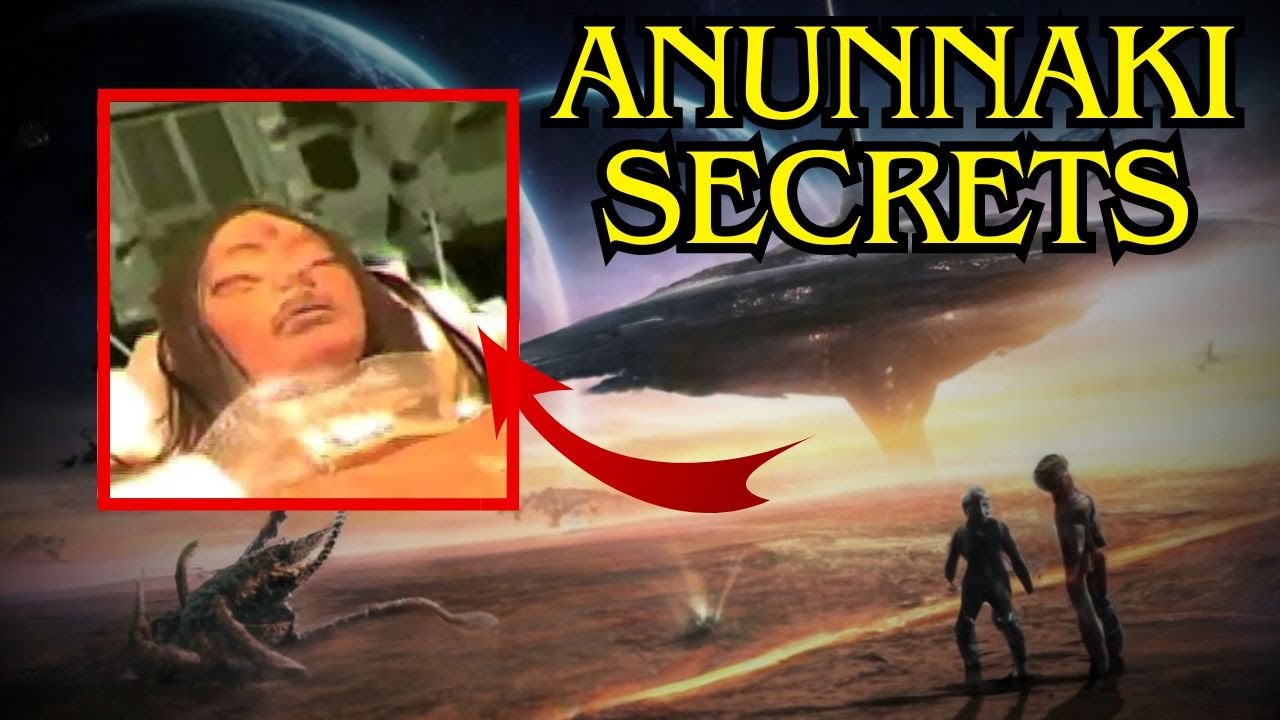🚨 Hidden in moon shadows: A 1.5M-year-old alien ship unearthed with eerie bodies during secret Apollo 19 & 20—NASA’s ultimate cover-up? 😱 Astronauts’ leaked footage reveals cosmic secrets that could rewrite history… Dare to uncover the forbidden truth? Tap the link before it’s erased! 🔍👽

A persistent conspiracy theory claims that NASA conducted secret Apollo 19 and 20 missions in the 1970s, discovering a 1.5 million-year-old alien spaceship and extraterrestrial bodies on the Moon’s far side, only for the findings to be suppressed by the government. Proponents point to alleged leaked videos and photos showing a cigar-shaped craft in Delporte Crater, a preserved female alien dubbed “Mona Lisa,” and claims from a supposed astronaut named William Rutledge. This narrative, popularized online since 2007, suggests joint U.S.-Soviet operations recovered artifacts, including alien heads, to hide evidence of ancient extraterrestrial visitors. However, extensive historical records, expert analysis, and NASA’s official documentation confirm these missions never occurred, and the “evidence” stems from a well-documented hoax blending real Apollo imagery with fabricated elements.
NASA’s Apollo program, spanning 1961 to 1972, officially concluded with Apollo 17, the sixth and final crewed lunar landing on December 11, 1972. Astronauts Eugene Cernan and Harrison Schmitt explored the Taurus-Littrow valley, collecting samples that revealed volcanic activity and advanced our understanding of the Moon’s 4.5-billion-year-old geology. Plans for Apollo 18, 19, and 20 existed but were canceled in 1970 due to budget cuts amid shifting national priorities, including the Vietnam War and economic pressures. NASA Administrator Thomas Paine announced the redirection of resources toward the Skylab space station and the Apollo-Soyuz Test Project, a 1975 U.S.-Soviet docking mission. No Saturn V rockets were launched for these later missions; hardware intended for them was repurposed or displayed in museums, like the Apollo 18 rocket at the U.S. Space & Rocket Center in Alabama.
The hoax originated in April 2007 when YouTube videos under the username “retiredafb” surfaced, purporting to show Apollo 20 footage of a crashed alien ship and mummified bodies. The videos depict a lunar module approaching a massive cigar-shaped object, explorers entering the craft, and discovering a female humanoid with long hair and six-fingered hands, estimated at 1.5 million years old. A man claiming to be William Rutledge, a retired U.S. Air Force astronaut and Apollo 20 commander, gave interviews to Italian journalist Luca Scantamburlo, alleging the mission launched in August 1976 with Soviet cosmonaut Alexei Leonov and U.S. pilot Leona Snyder. Rutledge claimed earlier missions (Apollo 18 and 19) scouted the site using rovers, but data was lost due to technical issues.
These claims crumble under scrutiny. No records exist of Rutledge as an astronaut; NASA’s astronaut lists confirm he never flew, and Leonov, who died in 2019, never corroborated the story. The “spaceship” images are manipulated from Apollo 15 orbital photos of natural lunar formations in Delporte Crater, enhanced to resemble a craft. Video analysis reveals inconsistencies: footage mimics Apollo 9 Earth-based tests, not lunar conditions, with visible model errors like mismatched shadows and impossible lighting. The “alien body” is a prop, later admitted by French artist Thierry Speth as part of a fictional project inspired by sci-fi. Speth’s 2007 book “Apollo 20, the Unknown Mission” explicitly labels it fiction, blending real NASA clips with CGI and models.
NASA’s chief historian Brian Odom has repeatedly stated no such discoveries occurred, and no human or alien remains have been found on the Moon. The agency’s Lunar Reconnaissance Orbiter (LRO), launched in 2009, has imaged all Apollo landing sites, confirming hardware like descent stages and rover tracks, with no evidence of additional missions or anomalies. Soviet tracking during the era would have detected unauthorized launches, and the USSR congratulated the U.S. on Apollo successes, undermining cover-up claims. Moon rocks from Apollo—382 kg analyzed globally—match no Earth materials and show solar wind exposure impossible to fake.
The theory ties into broader moon landing hoaxes, amplified by films like “Apollo 18” (2011), which fictionalized secret missions with aliens. Podcasts and YouTube channels, such as “The Why Files,” revisit it for entertainment, noting its origins in a 2007 whistleblower hoax. Social media posts recycle the narrative, often linking to debunked sites, but experts like former NASA engineer John Schuessler dismiss it as “baloney,” citing no secret launches. The “Anunnaki” angle, invoking ancient aliens, stems from pseudoscience, with no archaeological or genetic evidence supporting extraterrestrial intervention.
Why does this endure? Post-Watergate distrust fueled 1970s skepticism, echoed in books like Bill Kaysing’s “We Never Went to the Moon.” Modern algorithms boost sensational content, with X posts sharing unverified links. Yet, 400,000 Apollo workers, international observers, and retroreflectors left on the Moon—still used for laser ranging—provide irrefutable proof. NASA’s Artemis program, aiming for 2026 returns, builds on Apollo’s legacy, with no room for fiction.
This myth distracts from real achievements: Apollo returned 382 kg of samples revolutionizing planetary science. Conspiracy adherents overlook seismic data from Apollo experiments showing the Moon’s solid core, not hollow alien tech. As NASA prepares for sustainable lunar presence, debunking such tales underscores science’s triumph over misinformation. No aliens, no secrets—just human ingenuity reaching the stars.





